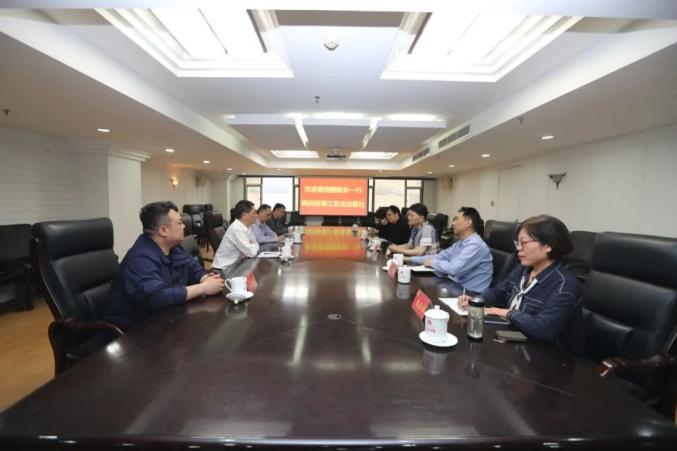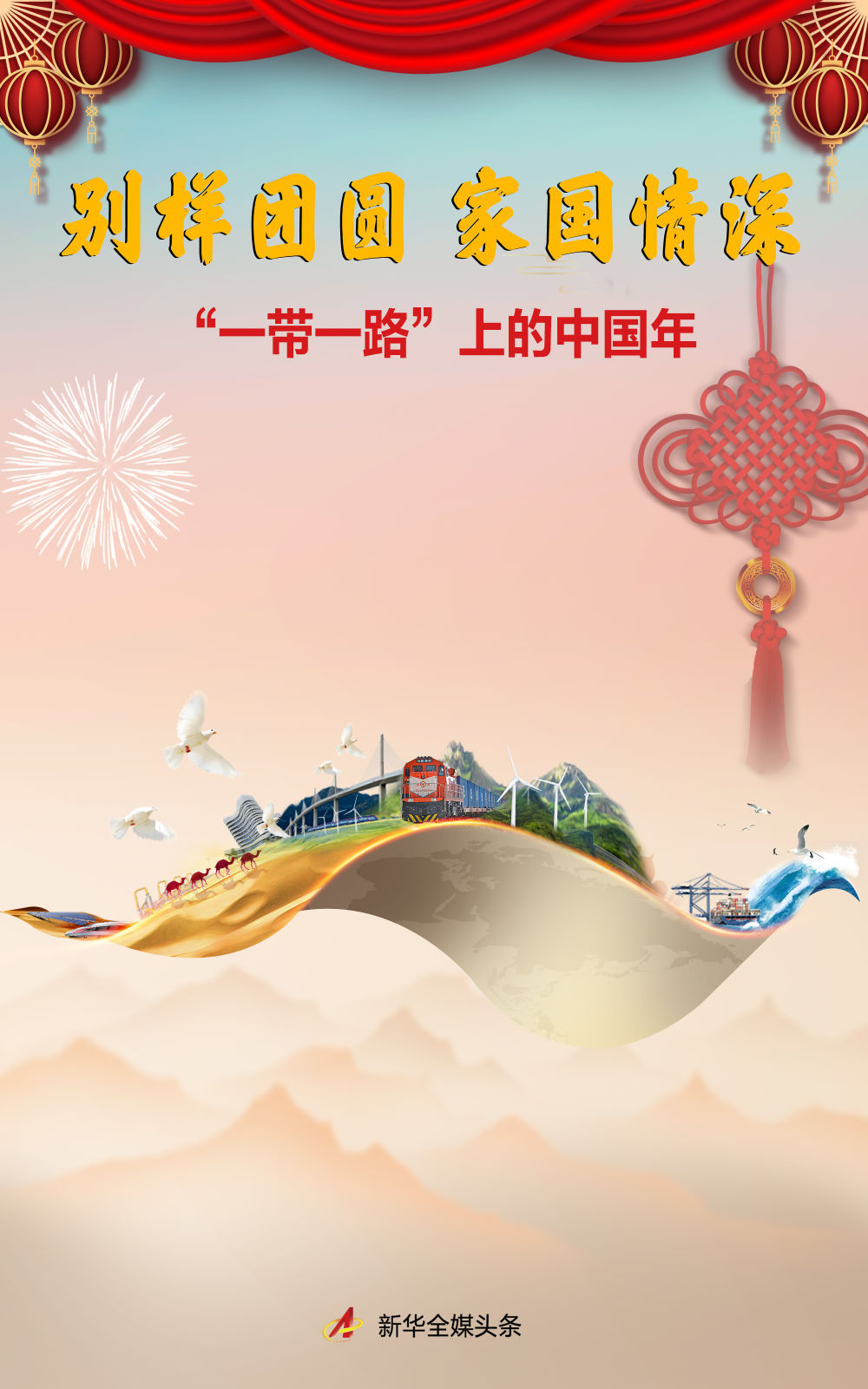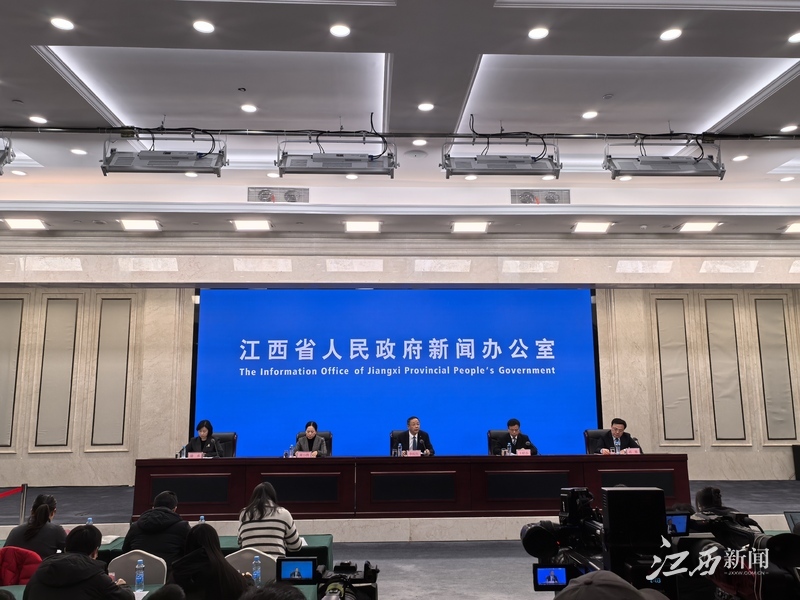When Modi Woke Up, The United States Slashed At India With A Knife, But Turned Around And Found That China Had Left A Door.
When Modi Woke Up, The United States Slashed At India With A Knife, But Turned Around And Found That China Had Left A Door.
Before Indian Prime Minister Modi visited China to attend the SCO summit, the huge tariffs on India by the United States will take effect from August 27. At the same time, India finally realized that if India wants to develop well, it must connect with China's Belt and Road Initiative.
Before Indian Prime Minister Modi visited China to attend the SCO summit, the huge tariffs on India by the United States will take effect from August 27. At the same time, India finally realized that if India wants to develop well, it must connect with China's Belt and Road Initiative.
Recently, the Economic Times, which represents India's official position, published a commentary article saying that China and India strengthened bilateral contacts and Modi's visit to China are not a single routine diplomacy, but behind it is a new type of economic partnership that has quietly formed. With this relationship, India should seriously consider connecting with China's "Belt and Road" initiative.

Trump confirms tax increases on India
This position of Indian media can basically be seen as being sober by reality.
Over the years, India has been playing the best in the international community. While cooperating with the United States to implement the "Indo-Pacific strategy" to encircle China, it also secretly bought Russian oil at a low price and maintained trade with China.
In the view of the Modi government, whoever gives benefits will cooperate with whoever gives them. But the Trump administration's 50% tariffs have completely awakened India. In the face of American interests, the so-called allies have to stand aside. Not to mention that after the Indian-Pakistan air battle, India's strategic value has dropped sharply, and Trump will not look down on India at a high level. The 50% tariff is increased as soon as possible, and there is no room for maneuver.
It is worth noting that the US side deliberately chose to implement it before Modi's visit to China, and the warning is very obvious. It is to tell Modi that it is useless to hedge the impact of tariffs by easing relations with China. But is this really the case?
It is by no means a whim that Indian media has pushed the "Belt and Road" initiative to the forefront at this time. For many years, India has been hostile to the Belt and Road Initiative because it regards China as its main competitor, and has not only refused to join, but also stumbling over and over again. But as the US policy to India changes, the Modi administration should also find another way out.

The core of the "Belt and Road" is infrastructure
Access to the "Belt and Road" is no longer a question of "whether to save face" for India, but a choice of "whether to survive". The reason why India's local manufacturing industry is backward is that it is technical problems on the one hand, and on the other hand, it is backward infrastructure, congested ports, inefficient railways, and unstable electricity. These are the hard flaws in development.
This is precisely the core advantage of the "Belt and Road". Chinese companies have the best construction and operation capabilities in ports, railways and power stations in the world. If India can let go of its knot and use China's technology to upgrade its local infrastructure, it will not only break through the bottleneck of trade and logistics, but also activate the details of the manufacturing industry.
What's more, China has never closed the door to cooperation with India. Even in the period when China and India are tense relations over border issues, China still maintains its position as India's largest trading partner. In addition to falling to US$77 billion in 2020, the Sino-Indian trade volume has rebounded all the way, reaching US$138.4 billion by 2024.

Foreign Minister Wang Yi emphasized "Dan and Elephant Dance"
It can be seen that for India, whether it is now or in the long run, joining the Belt and Road Initiative will have all benefits but no harm. It can not only effectively solve the core problems of India's development, bring huge economic benefits to India, but also effectively weaken the unilateralism of the United States and promote the multipolarization of the world.
The proposals of Indian media are forced by reality on the one hand, and on the other hand, they also reflect the general mentality of southern countries around the world. No one wants to be the American leek forever. From the "Four-party Security Dialogue" to the "Indo-Pacific Economic Framework", India has been pushed to the front line by the United States again and again as cannon fodder, but as a result, there is no technology and the market is not open, and instead a tax increase list is obtained.
Although the "Belt and Road" advocated by China has tried hard to smear, Western countries have actually spread railways, ports and industrial chains in Asia, Africa and Latin America. These are what developing countries need most.
But then again, these are all speculations of Indian media. Although China-India relations are steadily improving, the strategic mutual trust between the two sides remains fragile. The border issue is one aspect. In India's view, once it joins the "Belt and Road" dominated by China, it is equivalent to voluntarily entering the framework stipulated by China, and it will confirm the position of "second". This is something that India, which has the "Dream of a Great Power", is unwilling to do.

Modi's government is in a grudge
Moreover, the "Belt and Road" initiative covers a wide range, and South Asian countries such as Pakistan, Sri Lanka, Bangladesh, etc. are among them. India is extremely vigilant about this, believing that it is creating a string of "pearl chains" surrounding India.
Based on these factors, the Indian government's participation in the Belt and Road Initiative is still to be discussed at present. However, with the United States' strategic pressure, Modi urgently adjusts his diplomatic strategy, which may force the Modi government to do the same. As the saying goes, either he will be honestly cut by the United States, or choose to turn to embrace the "Belt and Road Initiative", ride on the fast lane of development, and ride on the left and right sides, and will lose a bad end. Indian media spoke out this time to see this point clearly.





